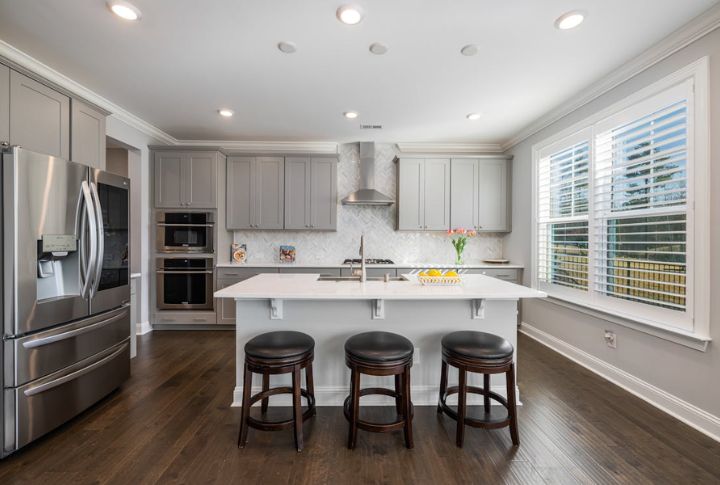
In today’s competitive housing market, kitchens remain one of the deciding factors in whether an offer is made or a tour is cut short. Real estate professionals agree that the wrong kitchen can turn buyers off in an instant, regardless of how charming the rest of the home may be. Here’s what seasoned agents say instantly raises red flags for potential homeowners.
Outdated Appliances
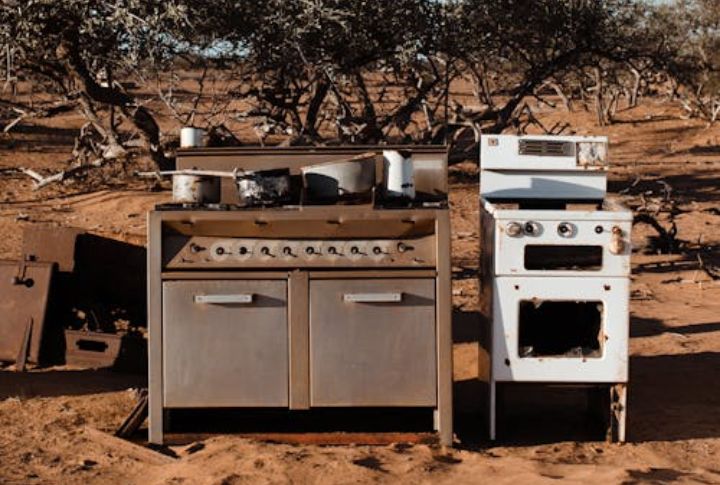
Old appliances are one of the most noticeable deal-breakers. Buyers often interpret them as a sign of delayed maintenance and anticipate costly replacements shortly after moving in. Additionally, older models tend to be noisier and less energy-efficient, raising concerns about utility bills and sustainability.
Dark, Cramped Layouts
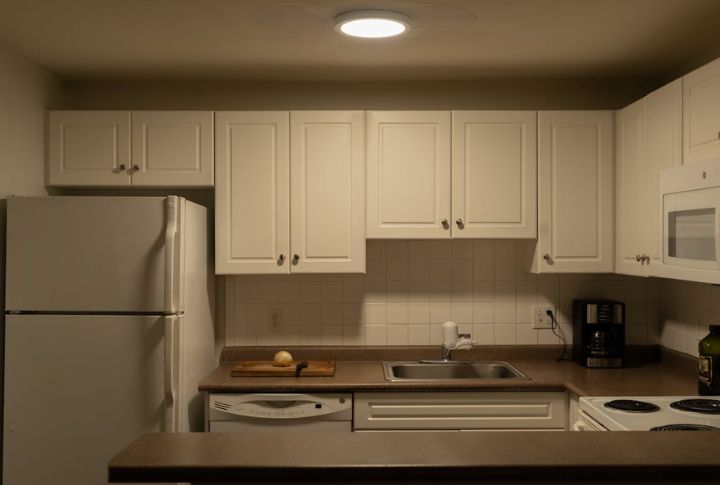
A dark, tight kitchen is another top deterrent during home tours. Poor lighting and a lack of windows make the space feel smaller. Cramped kitchens are especially unappealing to modern clients who value open-concept layouts and shared spaces. Without natural light or smooth flow to the dining or living areas, the kitchen feels disconnected.
Overly Personalized Decor
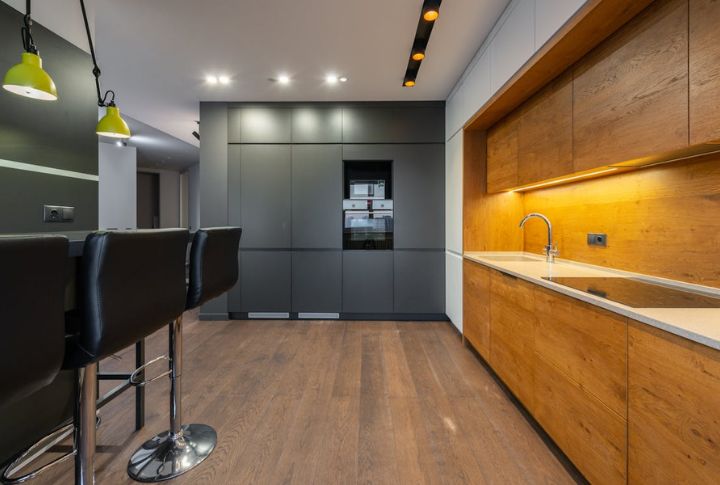
Bold kitchen decor choices, such as brightly painted cabinets and quirky wallpaper, may reflect the seller’s personality, but they often alienate potential homeowners. Buyers prefer a blank canvas wherein they can envision their own style and color palette. Over-personalization can also suggest a possible need for costly renovations to neutralize the space.
Lack Of Storage
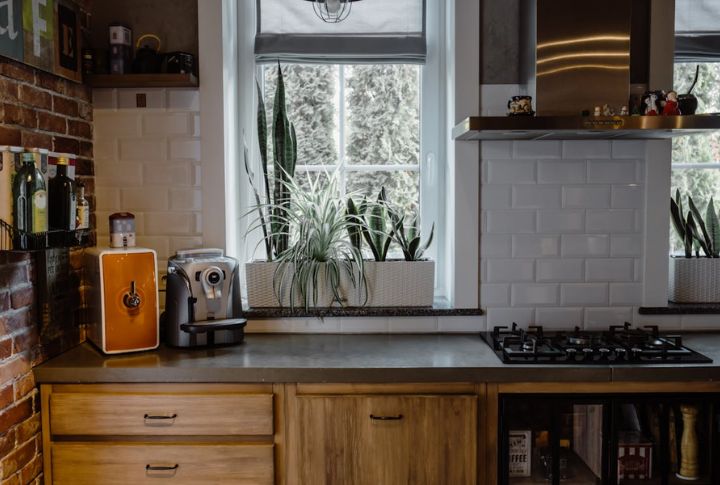
When there’s a lack of sufficient cabinet space, it signals long-term inconvenience. A lack of storage also tends to result in visual clutter, further compounding the sense of crowding. Clever storage solutions, which include pull pantries and ceiling-height cabinets, highlight the strengths of thoughtful design.
Greasy Surfaces

Nothing makes buyers want to exit a kitchen faster than sticky countertops or greasy stove knobs. Visible grime makes one question how well the rest of the home has been maintained. Even mild cooking odors lingering in the air can suggest poor hygiene or inadequate ventilation.
Old Or Damaged Countertops
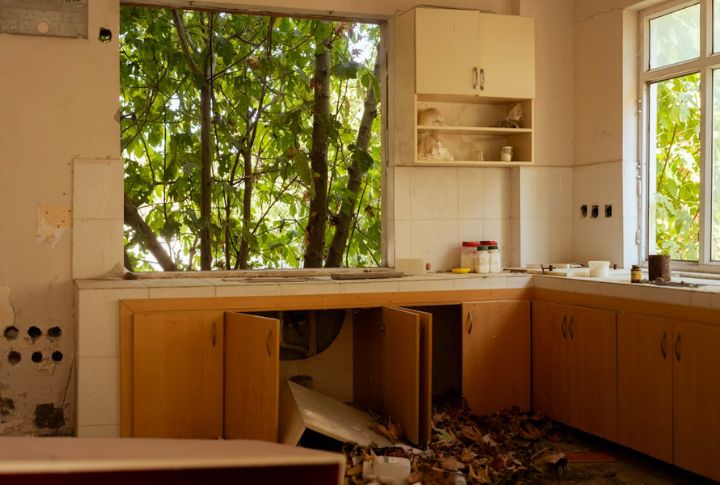
Even if the layout and appliances are solid, worn-out countertops drag down the perceived quality of the entire space. Laminate with curling corners or visible water damage raises concerns about the materials used and general upkeep. As a result, buyers often anticipate the cost of replacing countertops—and may lower their offer to account for it.
Limited Counter Space

Limited counter space can make even a stylish kitchen feel impractical. People quickly notice when there’s not enough room to prep, serve, or gather. It suggests storage challenges and a lack of functionality. A kitchen should feel open and workable, and limited workspace often leads clients to question the home’s overall usability.
Broken Cabinet Doors
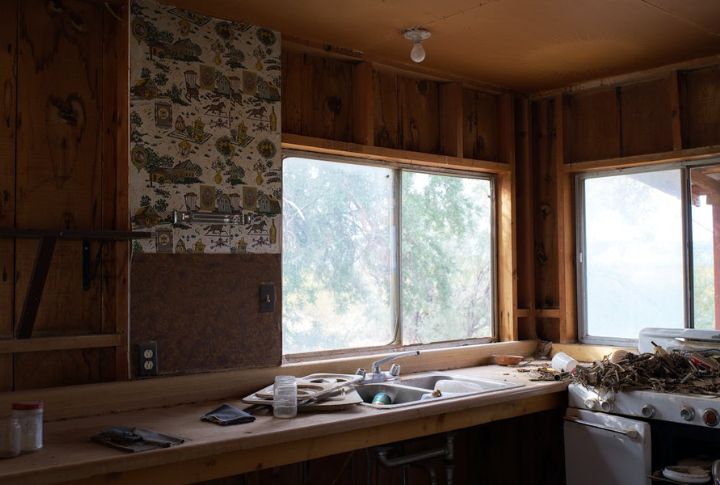
Although misaligned panels or loose hinges may seem like small details, they tell a bigger story to potential owners. These defects can signal the possibility of deeper issues and suggest a general lack of maintenance. Cosmetic damage gives the impression that the home has been neglected, even if the cabinetry is sound.
Poor Ventilation
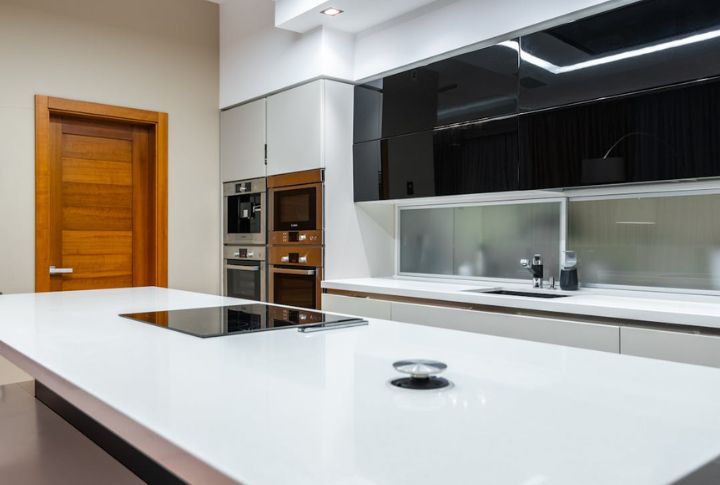
Clients rely on their senses when touring homes, and smell plays a critical role. A kitchen that lacks proper ventilation can trap odors that linger long after cooking. Ventilation issues also hint at an incomplete kitchen setup. Good airflow and clean air circulation are now considered standard in modern kitchens, both for comfort and health.
Inconsistent Flooring
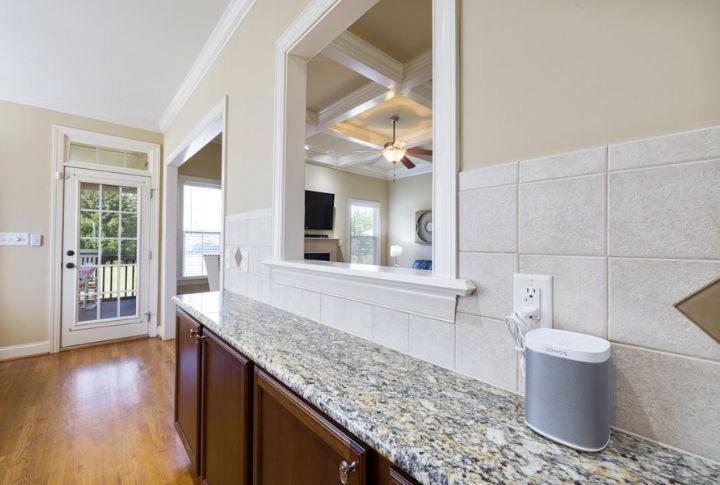
Abrupt tile transitions and other inconsistencies produce a startling visual experience that coule be unappealing for the masses. Additionally, cracked or uneven tiles are warning signs of possible settling problems or water damage. When flooring blends seamlessly into adjacent rooms, buyers prefer it.

